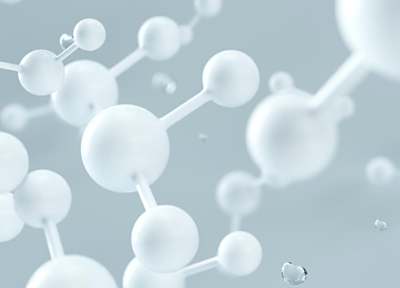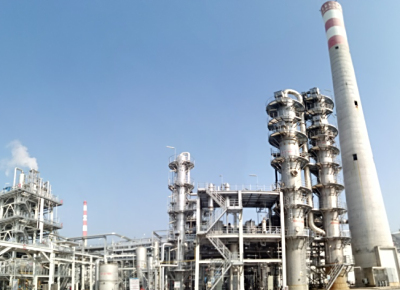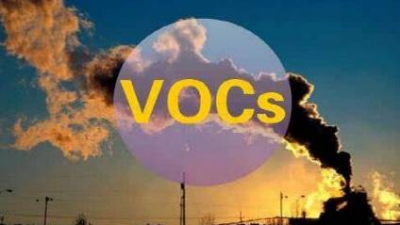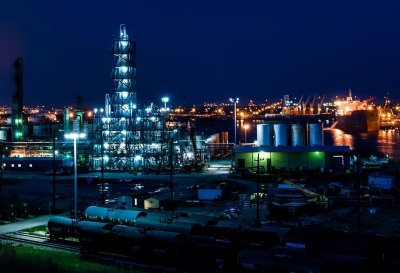Welcome to Chengdu Huaxi Chemical INDUSTRY SCIENCE TECHNOLOGY CO.,LTD



Media Focus

Analysis of the process principle of Sichuan pressure-variable adsorption and temperature-variable adsorption
In practical industrial applications, adsorption separation is generally divided into two categories: variable pressure adsorption and variable temperature adsorption. From the adsorption isotherm of the adsorbent, it can be seen that the adsorbent has a large adsorption capacity for impurities at high pressure and a small adsorption capacity at low pressure. Also from the adsorption isobars of adsorbent, it can be seen that at the same pressure the adsorbent has a large adsorption capacity at low temperature and a small adsorption capacity at high temperature. Adsorption separation using the former property of the adsorbent is known as pressure shift adsorption (PSA) and adsorption separation using the latter property of the adsorbent is known as temperature shift adsorption (TSA).
2024-03-31

Sichuan Transformer Adsorption Technology
Pressure Swing Adsorption (PSA for short) is a new gas adsorption separation technology, which has the following main advantages: (1) high product purity; (2) generally work at room temperature and low pressure, bed regeneration without heating, energy saving and economy; (3) equipment is simple, easy to operate and maintain; (4) continuous cyclic operation, which can be fully automated. Therefore, when this new technology was introduced, it has been the attention of national industries, competing development and research, rapid development and increasing maturity.
2024-03-31

VOCs exhaust treatment 9 processes, scope of application and cost control
With the increasing industrialisation, the pollution of VOCs has a tendency to expand further. And with the recent environmental protection policies become more and more stringent, the emission control of organic pollution waste gas becomes more important. Here we take a look at what technologies are available at home and abroad? What are the advantages and disadvantages of each?
2024-03-31

New Ionic Liquid Desulphurisation (ILDS) Technology for Treatment of Krause Tail Gas
The absorption capacity of ionic liquid for sulfur dioxide is very strong, the amount of solvent recycling is only 1/15~1/5 of MDEA solvent, and the consumption of public works is much lower than that of MDEA solvent absorption and regeneration.
2024-03-31
News Center
服务热线
400-655-8080
最新资讯

TEL:028-86198011
E-mail:hxhg@hxhg.cn
FAX:028-86198015
ADD:13/F, Building 1, Caiji International, No. 595 Jinzhou Road, Jinniu District, Chengdu, China
FAX:028-86198015
ADD:13/F, Building 1, Caiji International, No. 595 Jinzhou Road, Jinniu District, Chengdu, China

COPYRIGHT © 2023 Chengdu Huaxi Chemical Industry Science Technology co.,ltd 蜀ICP备19037329号
